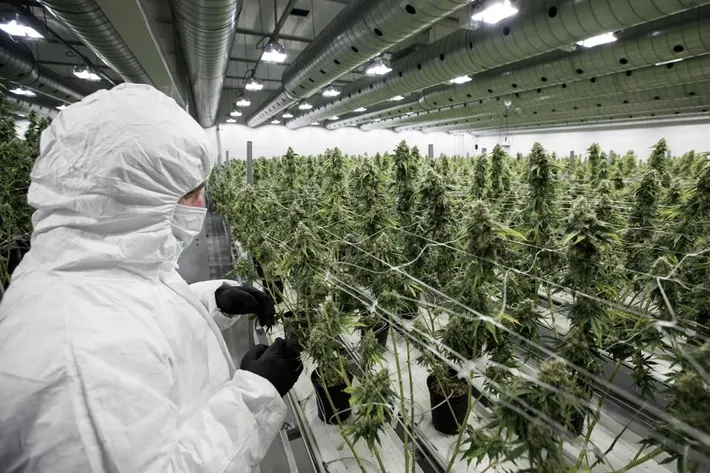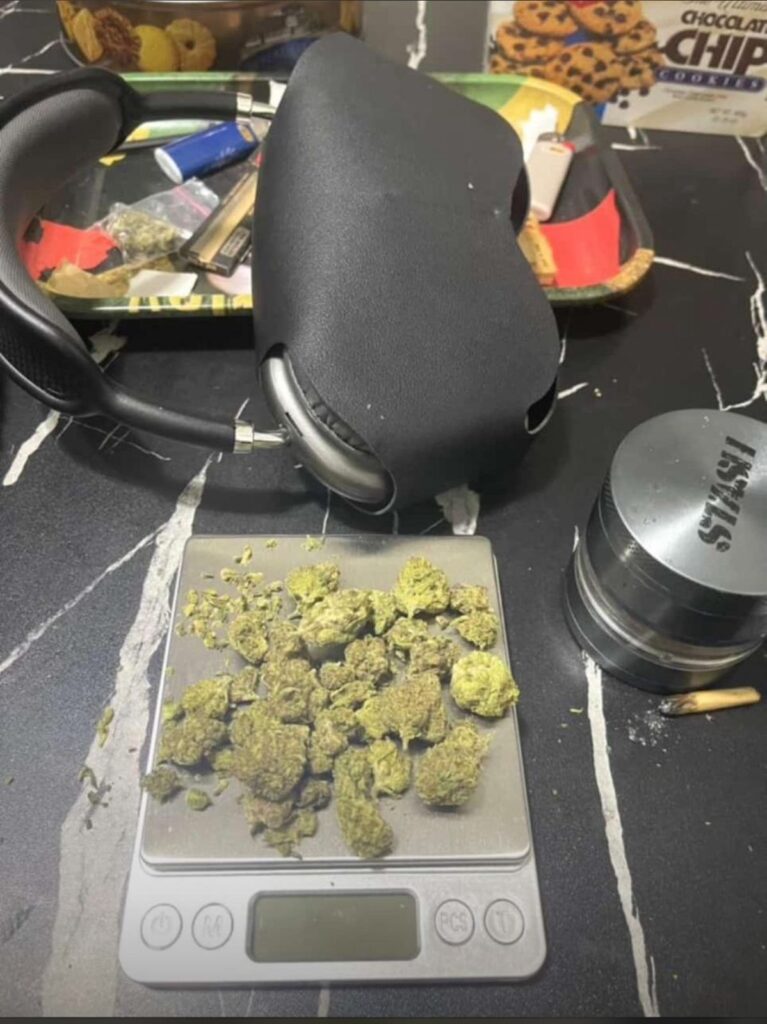Discover Weed in Sector 4: A Glimpse into Cannabis Culture in Romania’s Capital

. Known for its historical landmarks, green spaces, and diverse neighborhoods, Sector 4 is a dynamic part of Bucharest. Like many urban areas worldwide, it’s also a place where cannabis use has emerged as a part of the city’s underground culture. Despite cannabis being illegal in Romania, its use is nonetheless a reality, especially in places like Sector 4 where young people, nightlife, and social activities converge on discover weed in Sector 4.
In this article, we’ll explore the cannabis scene in Sector 4, examining how people in this area navigate the risks and realities of cannabis use, its social implications, and how changing attitudes towards cannabis legalization in Romania may eventually shape the future of its use in this bustling sector of Bucharest on discover weed in Sector 4.
Cannabis Laws in Romania
Cannabis is illegal in Romania, and the country adheres to a strict policy on drug control. . The Romanian penal code penalizes the cultivation, possession, and trafficking of cannabis with severe consequences, including imprisonment. Even small quantities of cannabis intended for personal use can result in fines or criminal charges, depending on the context on discover weed in Sector 4.
However, as we see in many cities around the world, the consumption of cannabis has persisted underground, driven by a growing demand among young people for alternatives to alcohol and a general sense of rebellion against the prevailing societal norms on discover weed in Sector 4.
Cannabis Use in Sector 4: Who Is Using It and Why?
Sector 4, with its rich diversity of neighborhoods, offers a variety of settings where young people live, study, and socialize. These include university campuses, bustling commercial districts, and recreational areas. As in other urban centers, cannabis use is primarily concentrated among younger individuals, particularly university students, young professionals, and creatives who are drawn to the area’s dynamic social scene on discover weed in Sector 4.
Cannabis consumption in Sector 4 is, for the most part, a private or social activity. Public consumption is rare, as it can attract unwanted attention from law enforcement or passersby.
For many of the youth in Sector 4, cannabis is often used to relax, de-stress, or enhance social interactions. As the pressures of academic life or work can be intense, cannabis offers a temporary escape, which many find appealing. Moreover, the recreational aspect of cannabis, especially its ability to enhance the social experience, makes it attractive to those who enjoy parties, gatherings, and other social events common in the urban environment of Sector 4.
In a sense, it becomes a way for young people to assert their individuality and defy conventional expectations.
Obtaining Cannabis in Sector 4: The Underground Market
As cannabis remains illegal in Romania, acquiring it in Sector 4 is not as simple as purchasing it from a store. Instead, individuals who want cannabis must rely on the underground market, where suppliers operate outside the boundaries of the law.
The street market, while prevalent, remains risky because of the legal risks involved. For those willing to take the risk, purchasing cannabis can be as simple as contacting a trusted individual through social channels or word of mouth.
While it is possible to grow cannabis in private settings, doing so is illegal and carries serious legal consequences if caught. However, in some cases, individuals may attempt to grow cannabis at home, particularly in areas that are more isolated or less likely to attract attention.
Social and Cultural Implications of Cannabis Use in Sector 4
Cannabis consumption in Sector 4, while illegal, plays a role in the social fabric of the area. The social nature of cannabis use, especially among young people, is one of the key factors that drive its popularity in the area. For many, it serves as a form of relaxation and bonding. In this way, it functions as both a social lubricant and a means of escapism.
This is particularly true in creative circles, where cannabis is sometimes associated with enhancing creativity or providing a different perspective.
The stigma surrounding cannabis use remains a challenge, especially given its illegal status. Many users are careful about whom they confide in or whom they allow to know about their consumption. .
The Risk of Legal Consequences
Cannabis use in Sector 4 is not without its legal risks. Although public consumption is rare, the fear of being caught with cannabis can weigh heavily on users.
While the likelihood of being caught may feel low, the consequences of getting caught can be severe. Law enforcement agencies are known to target drug-related offenses, and individuals found in possession of cannabis may face criminal prosecution.
The potential penalties for cannabis-related offenses can affect various aspects of a person’s life, including employment, travel, and social standing.
Changing Attitudes Towards Cannabis in Romania
The debate around cannabis legalization is increasingly becoming a topic of discussion in Romania as well.
They argue that the criminalization of cannabis creates unnecessary legal risks and contributes to the overburdening of the judicial system.
Despite these shifting attitudes, Romanian lawmakers have yet to take significant steps toward reforming cannabis laws.
Conclusion
In Sector 4, like many urban areas, cannabis use is part of an underground subculture that plays a role in the lives of young people. Despite the illegal status of cannabis in Romania, the demand for it persists, fueled by social, cultural, and recreational factors.
For now, cannabis use in Sector 4 remains a hidden activity, driven by the desire for social connection, relaxation, and a break from the stresses of daily life. However, as public opinion continues to evolve, it’s possible that Romania may follow in the footsteps of other countries and cities in adopting more progressive policies toward cannabis, paving the way for greater acceptance and understanding of its role in society.

When it comes to marijuana products, ScentHub offers an extensive selection of some of the highest quality items I’ve come across. I’ve tried a variety of strains, edibles, and concentrates, and the quality has consistently been outstanding. The flowers are always fresh, fragrant, and potent. I’ve had the chance to try both Sativa and Indica strains, and the effects have been exactly as described. Contact them on email: Scenthub43@gmail.com and also there Telegram : t.me/Scenthub43
Wow they have an option for me. The variety in their selection means that no matter my experience level, I’ll find a product that fits my needs. highly recommended .
I can say without hesitation that ScentHub has earned my loyalty. From the quality of the products to the exceptional customer service.

I’ve had a number of experiences where edible products don’t quite deliver the promised effects or leave an unpleasant aftertaste, but that’s not the case with ScentHub. The gummies, chocolates, and drinks I’ve tried have all been potent, flavorful, and consistently effective. The packaging is also informative, making it easy to understand the dosage and what to expect from each edible, Thank you !!!
They also don’t pressure you into buying anything you’re not ready for, which is a huge relief. It feels more like a conversation with a trusted friend rather than a hard sell. highly recommended!!